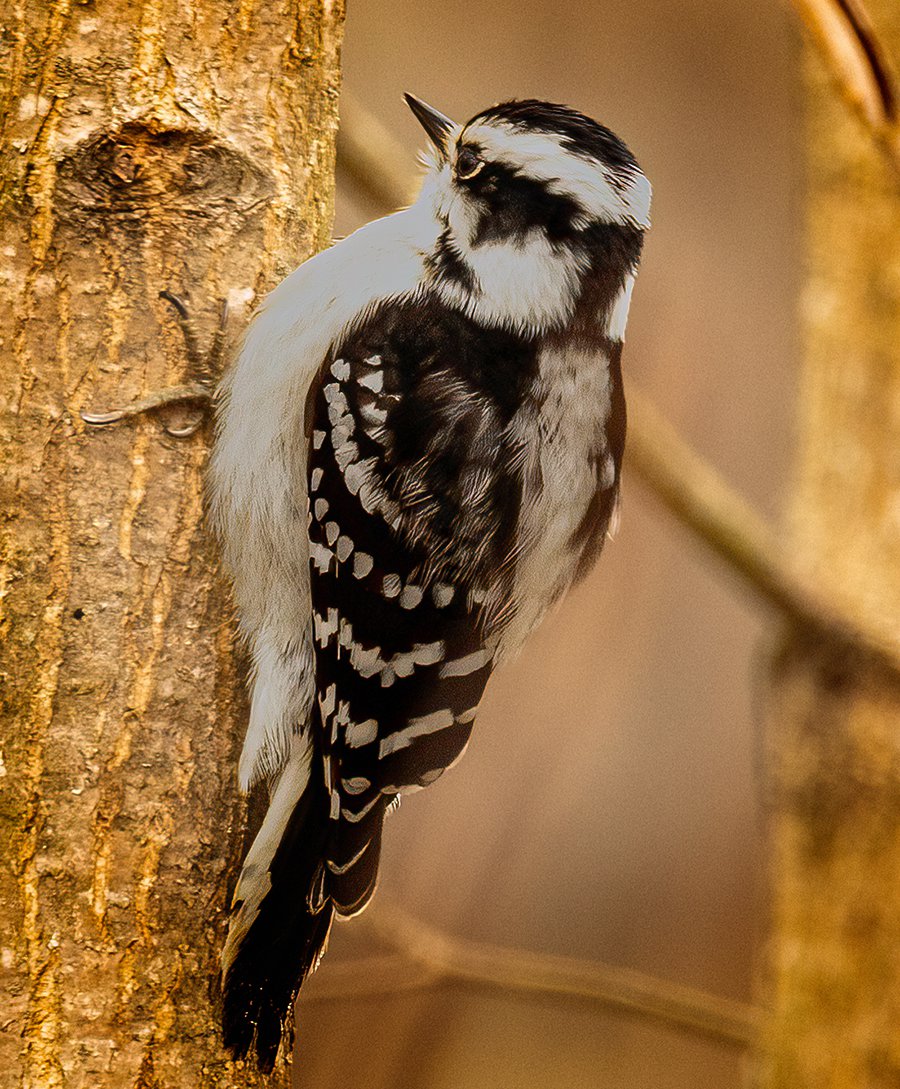Discover the Fascinating World of Woodpeckers: Everything You Required to Know
The globe of woodpeckers is a world filled up with distinct actions, detailed adaptations, and a varied array of varieties. From their environments and distribution patterns to their feeding habits and specialized physiological functions, woodpeckers have actually long mesmerized the interest of ornithologists and nature enthusiasts alike.
Woodpecker Habitats and Circulation
Woodpeckers populate a diverse variety of atmospheres worldwide, showcasing versatility in their circulation patterns. These resistant birds are found in forests, timberlands, savannas, and deserts across different continents, showing their ability to flourish in various weather problems. In The United States and copyright, for instance, woodpeckers can be found in both coniferous and deciduous forests, using their solid beaks to forage for insects and create nesting tooth cavities in trees. In a similar way, in Africa, certain woodpecker types have adjusted to arid environments, such as the acacia timberlands, where they play a critical role in controlling insect populaces.

Feeding Behaviors and Diet Regimen
Woodpeckers use their solid beaks to drill into the bark of trees, penetrating for pests and larvae concealed beneath the surface area. In addition to insects, woodpeckers additionally consume nuts, seeds, fruits, and sap.
Woodpeckers are recognized for their drumming actions, which serves not just to communicate with various other woodpeckers however likewise to find food. The quick drumming noise is created by the bird pecking on resonant surfaces like dead trees or metal poles. This actions can bring in insects concealed in the wood, permitting the woodpecker to find their existence and eat them.
Special Adjustments for Tree Climbing
In their skilled pursuit of bugs concealed within tree bark, woodpeckers have actually progressed remarkable anatomical attributes that outfit them with unique adjustments for reliable tree climbing. Among the key adjustments is their zygodactyl feet, with two toes directing forward and important link two pointing backward, offering a strong hold on tree trunks. This specialized foot plan enables woodpeckers to hold on to vertical surfaces easily, enabling them to go up and down trees with agility. Additionally, woodpeckers have tight tail feathers that work as a supportive prop while they climb up, aiding in equilibrium and stability. Their strong, chisel-like beaks are not only made use of for exploration right into timber but additionally for grasping onto bark as they rise tree trunks. In addition, woodpeckers have strong neck muscle mass and a distinct skull framework that absorb the influence of constant pecking, enabling them to climb vertically without causing harm to their brains. These adjustments showcase check this site out the amazing transformative style that enables woodpeckers to navigate trees with precision and effectiveness.
Diverse Woodpecker Species Worldwide
With over 200 different types spread across various environments worldwide, the family of Picidae incorporates a remarkable diversity of woodpeckers. These birds can be located in woodlands, woodlands, savannas, and even urban areas, showcasing their adaptability to different atmospheres. From the renowned Northern Flicker in North America to the colorful and elusive Crimson-backed Flameback in Asia, each woodpecker types exhibits distinct characteristics in terms of plumage, habits, and environment preference.
Woodpeckers differ considerably in size, with the small Downy Woodpecker determining around 6-7 inches in size, while the powerful Lineated Woodpecker can reach up to 17 inches - Woodpeckers in Florida. Their beaks additionally come in different sizes and shapes, reflecting their feeding practices. Some types concentrate on extracting pests from tree bark, like the Acorn Woodpecker, while others, such as the Black-cheeked Woodpecker, prey on fruits and seeds

Conservation Efforts and Difficulties
Preservation initiatives for woodpecker populaces are vital in discover this info here alleviating the impact of habitat loss and various other threats facing these varied avian species. Woodpeckers encounter various difficulties to their survival, mostly due to logging, urbanization, environment adjustment, and intrusive types. To attend to these problems, conservation initiatives concentrate on securing and bring back woodpecker habitats, applying sustainable forestry methods, and raising recognition concerning the significance of these birds in communities.
One significant challenge in woodpecker conservation is the fragmentation of their habitats, resulting in isolated populations that are much more at risk to extinction - Woodpeckers in Florida. Conservationists work to create wildlife corridors and safeguarded locations that connect these fragmented environments, permitting woodpeckers to move in between different locations for feeding, breeding, and sanctuary

Final Thought
Finally, woodpeckers are interesting birds with one-of-a-kind adjustments for tree climbing and feeding actions. They can be found in diverse habitats worldwide, facing preservation difficulties because of environment loss and human activities. Comprehending their environments, diets, and behaviors is crucial for conservation initiatives to protect these essential bird species. Additional study and conservation activities are needed to ensure the survival of woodpeckers in the wild.